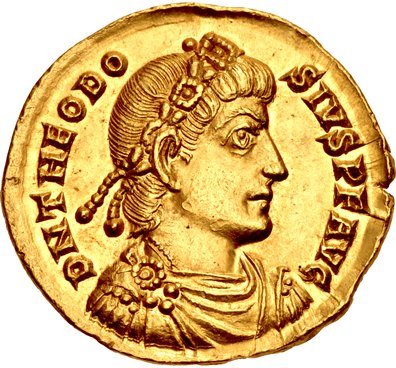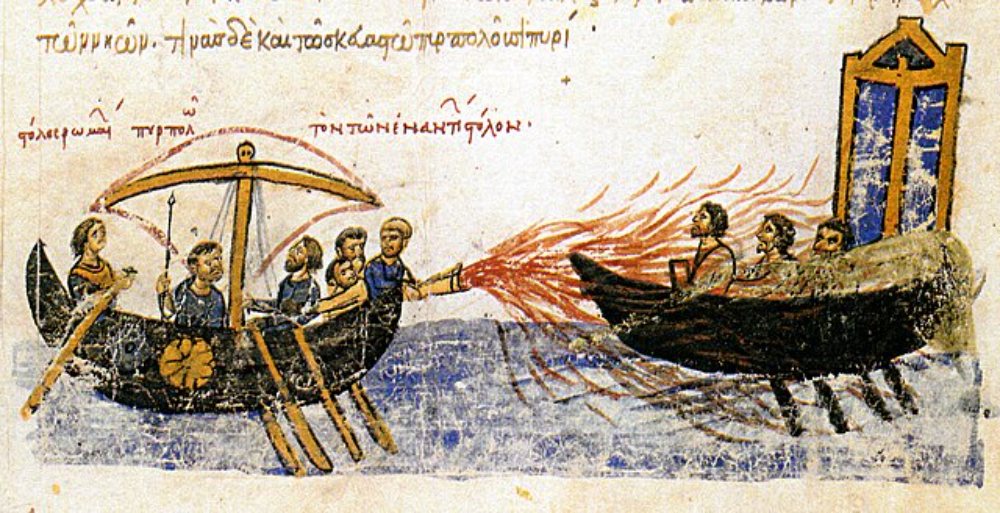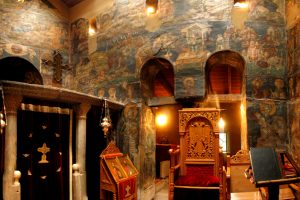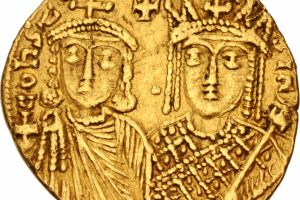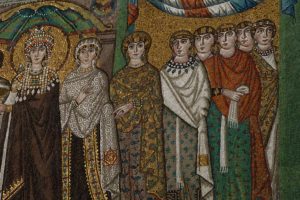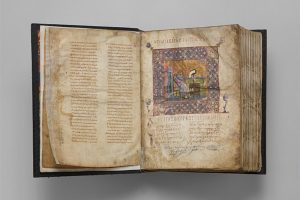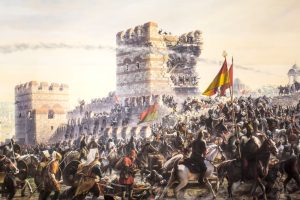How one decree made Christianity the heart of Byzantium
In 380 CE, a single decree changed the course of Western religion forever. Known as the Edict of Thessalonica, it was issued jointly by the Roman emperors Theodosius I, Gratian, and Valentinian II. With this law, Nicene Christianity—the belief in the Trinity as defined at the First Council of Nicaea—was declared the official religion of the Roman Empire. It marked the beginning of Christianity not just as tolerated, but as enforced.
The edict condemned heresies like Arianism, which had been popular among some Roman elites and soldiers, and required all citizens to follow the faith “which was delivered to the Romans by the divine Apostle Peter.” For the first time, orthodoxy was defined by the state, and religious identity became tightly bound to imperial loyalty.
This moment marks the birth of what would become Byzantine Orthodoxy. Churches gained imperial patronage. Bishops grew in power. Pagan temples lost legal protection. The Christianization of public life began to accelerate across cities and countryside alike.
Though aimed at unity, the edict also deepened divisions. Alternative Christian sects were labeled heretical, leading to persecution and tension that would shape future councils and schisms.
In hindsight, the Edict of Thessalonica did more than establish a state religion—it laid the spiritual and political foundations of the Byzantine Empire, where the emperor and church would remain intertwined for over a thousand years.
Image credit: Classical Numismatic Group, Inc., Theodosius I coin obverse. Licensed under CC BY-SA 2.5. Source: Wikimedia Commons


